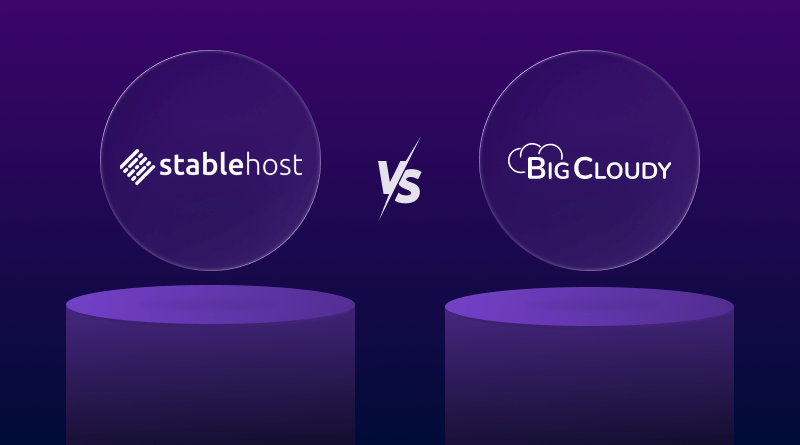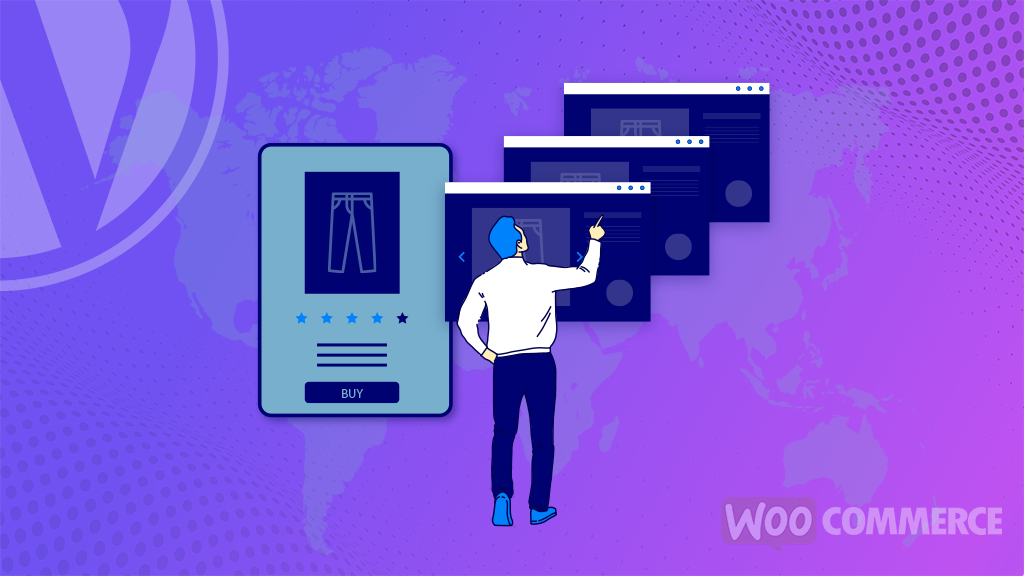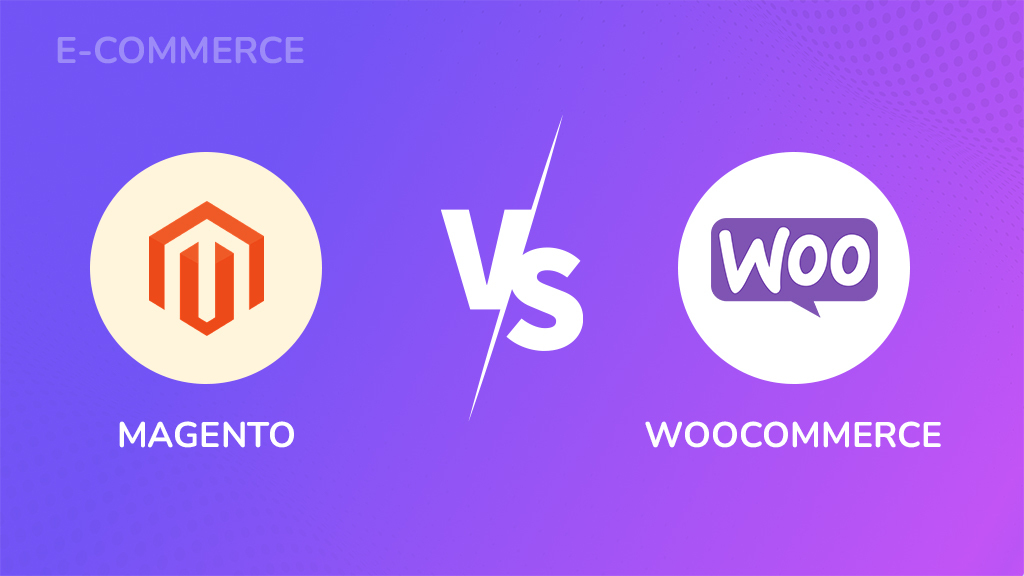
Welcome to the exciting world of social commerce! Say goodbye to boring websites and endless scrolling. Now, shopping is a fun and interactive experience that takes place right on your favorite apps. You know, the ones you already spend hours scrolling through. Now, you might be wondering how to become a master of this social shopping game. Don’t worry, because today we’re going to reveal the secrets! Get ready to learn 10 easy-to-follow tips that will turn your social media pages into a success story for sales.
Table of Contents
- What is Social Commerce?
- Distinctions between Social Commerce and E-Commerce
- Benefits of Social Commerce
- 1. Convenient Shopping Experience
- 2. Increased Interaction and Community Building
- 3. Personalized Suggestions and Discovery
- 4. Influence and User-Generated Content (UGC)
- 5. Spontaneous Purchases and Increased Sales
- 6. Mobile-Friendly Optimization
- 7. Insights from Data and Marketing Optimization
- 8. Lowered Marketing Expenses
- 9. Setting Trends and Encouraging Innovation
- 10. Establishing a Strong Brand Identity
- 10 Essential Tips for Social Commerce Growth
- 1. Optimize for Mobile
- 2. Leverage Influencer Marketing
- 3. Personalize the Shopping Experience
- 4. Provide Excellent Customer Service
- 5. Encourage User Reviews and Ratings
- 6. Track and Analyze Performance
- 7. Provide Outstanding Customer Service
- 8. Analyze Your Data and Improve
- 9. Personalize the User Experience
- 10. Maintain Consistency and Experiment
- Conclusion
Social Commerce transforms your favorite social media apps into a lively marketplace. Instead of simply liking pictures, you can instantly purchase the trendy items you come across. Imagine watching live videos where brands showcase their products or friends share their top finds. It’s like shopping with your best friend, but online. Furthermore, Social commerce makes shopping enjoyable, effortless, and highly social. So, while scrolling through your feed, be on the lookout for those “buy now” buttons.
1. Platform
Imagine a lively marketplace right within your favorite social media apps like Instagram, Facebook, and Twitter. It’s like walking through a virtual shopping mall where brands showcase their products, friends share their fashion discoveries, and live product demos take place. The aim is to seamlessly integrate shopping into the social spaces we already enjoy.
ii. E-Commerce
This is the traditional online store experience. You visit a dedicated website, explore different product categories, compare specifications, and complete the checkout process. Hence, it provides a controlled environment focused on providing information and ensuring efficient transactions.
2. Focus
The main focus is on creating social buzz! Building communities, initiating conversations, and fostering brand loyalty are key aspects. Imagine interacting with influencers, participating in polls about new products, and watching your friends’ live shopping experiences. The emphasis is on a fun and interactive shopping experience.
ii. E-Commerce
The primary goal is to encourage you to make a purchase. Detailed product descriptions, high-quality images, and user-friendly interfaces are the tools used. The aim is not only to present information efficiently but also to guide you towards a smooth buying process.
3. Discovery
It’s like stumbling upon hidden treasures during a scavenger hunt. You come across interesting products while scrolling through your feed, see recommendations from friends, or get captivated by an influencer’s creative video. Discovery happens organically and often unexpectedly.
ii. E-Commerce
In this case, you already know what you’re searching for. You can indeed search by keyword, browse through specific categories, or follow targeted advertisements. Discovery is intentional and driven by specific needs or interests.
4. Purchase Process
One-click wonders! Imagine spotting a cool shirt in a live stream and instantly buying it on the same platform. Social commerce surely aims for seamless integration and impulse-driven purchases.
ii. E-Commerce
It’s a thoughtful journey. You add items to your cart, compare options, and maybe even sleep on it before proceeding to checkout. The process is usually more involved and requires multiple steps.
5. Content
Think short and catchy! Snackable videos, attention-grabbing visuals, and interactive elements like polls and quizzes rule the content jungle. On the other hand, it’s all about capturing attention and sparking engagement in a fast-paced environment.
ii. E-Commerce
Detailed explanations, high-quality images, and comprehensive specifications reign supreme. The focus is on providing all the information you need to make an informed decision.
6. Influencers
They’re the trusted guides! Influencers showcase products, share their experiences, and build trust with their followers. Recommendations from friends and trusted voices particularly hold more weight in social commerce.
ii. E-Commerce
While influencers can have an impact, traditional marketing strategies like brand advertising and targeted ads often take the spotlight. The focus is on reaching a broader audience and increasing brand awareness.
7. Personalization
Imagine having your shopper right at your fingertips! Social commerce platforms significantly use your social interactions and past purchases to recommend products that align with your preferences. It’s all about customizing your shopping experience to suit your tastes.
ii. E-Commerce
Personalization in e-commerce is often based on your browsing history and cookie data, but it’s not as detailed. You might see recommendations based on what others have bought, but it’s not as tailored as the social commerce experience.
8. Impulse Buying
The temptation to click the “buy now” button is always there! Whether it’s seeing an influencer rave about a product or watching a friend’s live shopping spree, social commerce thrives on the excitement and impulsiveness of the moment.
ii. E-Commerce
In e-commerce, you tend to take your time. You compare prices, read reviews, and carefully consider your options before making a purchase. E-commerce encourages a more thoughtful and deliberate approach to shopping.
9. Community Building
Think of social commerce as a virtual hangout for brand enthusiasts! You can engage in discussions about products, share tips, and connect with like-minded individuals. Social commerce especially creates a sense of community around brands and provides a space for ongoing interaction.
ii. E-Commerce
In e-commerce, the focus is primarily on the transaction. You purchase a brand and then move on. While some brands may offer loyalty programs or customer support channels, the emphasis is less on building long-lasting connections.
10. Overall Experience
It’s an enjoyable and spontaneous adventure. Imagine exploring a virtual marketplace, uncovering hidden treasures, and connecting with other shoppers. Social commerce focuses on the experience and the thrill of the unexpected. It’s like shopping with friends but with the convenience of buying on the move.
ii. E-Commerce
It’s a streamlined and efficient path to making a purchase. You find what you need, gather the information you want, and quickly complete your transaction. E-commerce explicitly emphasizes practicality and control. It’s the digital version of grabbing what you need from a well-organized store and heading out.
1. Convenient Shopping Experience
Social commerce surely simplifies the process of online shopping. Customers can easily find, research, and purchase products directly on their favourite social media platforms, making the transition from browsing to buying effortless.
2. Increased Interaction and Community Building
Social commerce allows brands to engage directly with customers through comments, polls, live streams, and collaborations with influencers. In general, this fosters a sense of community, builds trust, and creates loyal brand supporters.
3. Personalized Suggestions and Discovery
Social commerce platforms utilize user data and social connections to provide personalized product recommendations, increasing the chances of finding relevant and desired items. This personalized approach transforms shopping into a curated experience rather than a random search.
4. Influence and User-Generated Content (UGC)
Social commerce thrives on the influence of trusted voices such as influencers and friends. Testimonials, reviews, and user-generated content establish trust and authenticity, making products more relatable and desirable.
5. Spontaneous Purchases and Increased Sales
The immediacy and visual appeal of social media content can trigger impulse buying. With one-click checkouts and seamless integration, social commerce encourages this behaviour, potentially leading to higher conversion rates and sales for brands.
6. Mobile-Friendly Optimization
Social media platforms are designed to be mobile-friendly, making social commerce a perfect fit for today’s mobile-driven world. Customers can conveniently shop on the go, anytime and anywhere, enhancing accessibility and convenience.
7. Insights from Data and Marketing Optimization
Social commerce platforms provide valuable data on user behaviour, preferences, and engagement. In fact, this data can be utilized to personalize marketing campaigns, optimize product offerings, and gain valuable insights into customer trends.
8. Lowered Marketing Expenses
When compared to traditional marketing methods, social commerce offers a more cost-efficient approach to reaching a specific target audience. By utilizing organic reach and collaborating with influencers, brands can expand their reach without the need for large advertising budgets.
9. Setting Trends and Encouraging Innovation
Social commerce is a dynamic and ever-evolving realm that continuously pushes boundaries. Altogether, brands have the opportunity to experiment with new features, formats, and technologies, allowing them to stay ahead of the game and captivate their audience through innovative means.
10. Establishing a Strong Brand Identity
Through social commerce, brands can effectively showcase their personality and values by creating engaging content and interactive experiences. This fosters a deeper emotional connection with customers, resulting in increased brand loyalty and advocacy.

1. Optimize for Mobile
Mobile is the future! Ensure that your social commerce strategy is mobile-friendly. Optimize your content and website for mobile devices to provide a seamless shopping experience for your customers.
2. Leverage Influencer Marketing
Collaborate with influencers who align with your brand values and have a strong following. Their endorsement can greatly impact your social commerce success. Partner with them to create engaging content and promote your products to their audience.
3. Personalize the Shopping Experience
Tailor your recommendations and offers based on customer preferences and behavior. Use data analytics to understand your customers better and provide personalized product suggestions. This enhances the shopping experience and increases the likelihood of conversion.
4. Provide Excellent Customer Service
Promptly respond to customer inquiries and provide exceptional customer service. Address any issues or concerns promptly and professionally. Positive customer experiences lead to repeat purchases and positive word-of-mouth.
5. Encourage User Reviews and Ratings
Firstly, reviews and ratings are powerful social proof. Encourage your customers to leave reviews and ratings for your products. This helps build trust and credibility among potential customers.
6. Track and Analyze Performance
Regularly monitor and analyze your social commerce performance. Track key metrics such as conversion rates, engagement levels, and customer feedback. Use this data to make informed decisions and optimize your strategy for better results.
7. Provide Outstanding Customer Service
- Ensure prompt responses to comments, messages, and inquiries to demonstrate your commitment to customer satisfaction.
- Handle negative feedback professionally and transparently. Transforming a negative experience into a positive one can surely foster brand loyalty.
8. Analyze Your Data and Improve
- Monitor important metrics such as reach, engagement, and conversion rates. Gain insights to understand which content resonates with your audience and adjust your strategy accordingly.
- Conduct A/B tests to explore different approaches and identify the most effective formats, calls to action, and posting times.
9. Personalize the User Experience
- Utilize platform features and user data to personalize product recommendations and content. Above all show users what they are most likely to enjoy!
- Therefore segment your audience and tailor your messaging to their specific interests and needs. Make them feel like you are directly addressing them.
10. Maintain Consistency and Experiment
- Stick to a regular posting schedule to keep your audience engaged. The more they see you, the more likely they will remember and choose your brand.
- Don’t hesitate to experiment! Try new content formats, platforms, and collaborations with influencers to discover what works best for your business.
Conclusion
In conclusion, follow these 10 steps to transform your social media pages into a shopping haven. Remember, social commerce is more than just promoting products; it’s about building a community, enjoying the process, and providing a seamless shopping experience. By following these recommendations, adding your creative touch, and staying adaptable, you’ll see a significant increase in sales.















